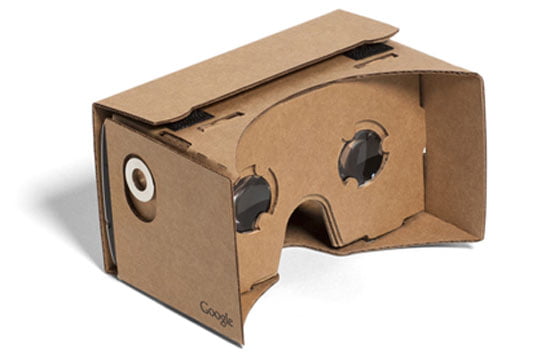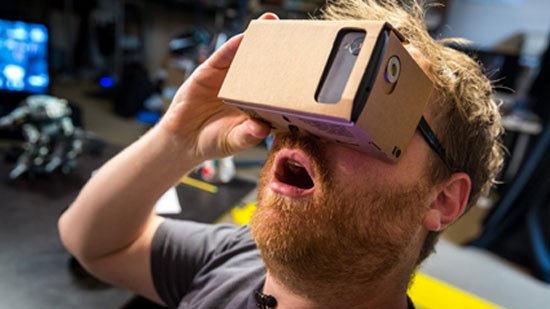
Early November 2015, 1.2 million subscribers of the print edition of the New York Times received, along with their newspaper, the cardboard construction shown in the image. Some of them may have wondered if this was a delayed, tacky Halloween gift, since the celebration was just a week prior. However, those who knew understood and were ready to try it out. The construction is another Google innovation, and the project’s name is Google Cardboard. Apart from cardboard, it includes two inexpensive plastic lenses, while the interior forms a space to place a smartphone. In this way, mobile phone users, with the use of a simple craft, become owners of the most expensive part of a “rudimentary” virtual reality headset. After the failure of Google Glass, did the company decide to throw itself into DIY constructions? No. Most likely, this is simply a promotional move for a more expensive and enhanced version of the company’s Virtual Reality (VR) products.

The New York Times gift was accompanied by the corresponding application for portable devices and thus, massively, hundreds of thousands of North Americans (if we count their families and friends, there are certainly many more) of all ages came into first contact with what is referred to as “virtual reality journalism” (VR journalism). This title would fit an Orwellian-inspired mass brainwashing operation, but it’s not about that. The first VR video released for playback by the “Times” is called “Displaced” and includes images from the lives of three war refugee children growing up in Lebanon, South Sudan and Ukraine. The immersion and empathy preached by virtual reality advertisers are expressed here characteristically, as the inverted image of the superficiality and generalized apathy of first-world citizens.
